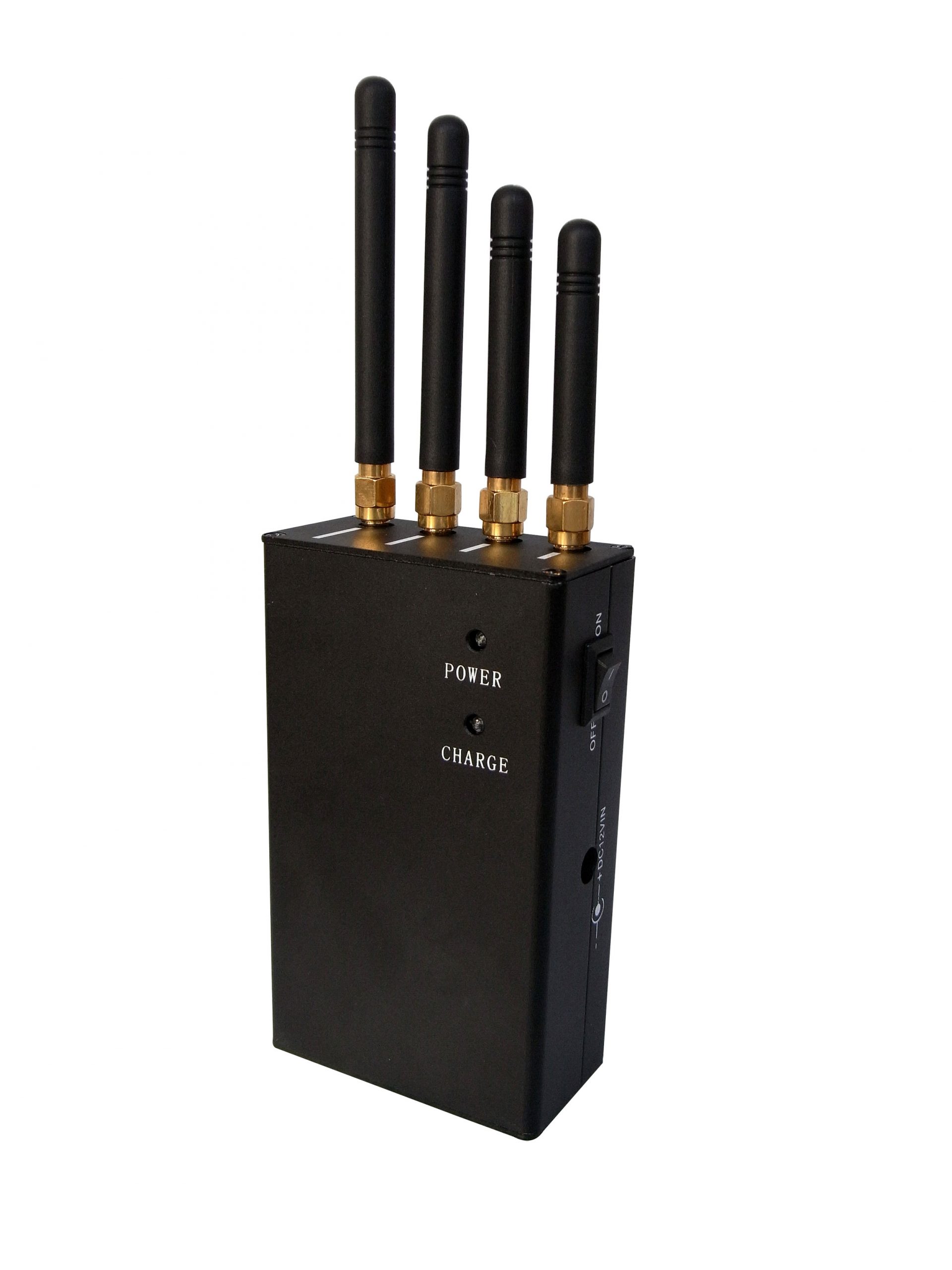To make a wireless camera jammer, you can start by cutting a circular hole in the center of a can, then cover it with mesh or screen. This can effectively disrupt the signals of wireless cameras within its range by emitting interfering radio frequencies.
Additionally, you may also consider building a customized electronic device to achieve similar results. Using a wireless camera jammer can help ensure privacy and security in your desired environment. However, it’s important to note that the use and creation of jamming devices are restricted by federal law.
Understanding the legal implications and potential consequences is essential before attempting to create or use a wireless camera jammer. Keep these factors in mind as you explore this technology for your specific needs and objectives.
Crafting A Wireless Camera Jammer
Understanding the basics of wireless camera operation, legal implications, and ethical considerations are crucial when discussing how to make a wireless camera jammer. Safety precautions during the jamming device construction are equally important to prevent any potential hazards. It is essential to handle this subject matter with the utmost responsibility and comply with all relevant laws and regulations.
Components And Tools Required
To make a wireless camera jammer, you will require the following electronic components: Arduino Uno, breadboard, WiFi module (ESP8266), transistors, resistors, and capacitors. Additionally, for the assembly process, you will need jumper wires, soldering iron, and multimeter. It is crucial to source quality components for reliability to ensure the effectiveness of the wireless camera jammer. Quality components will enhance the functionality and performance of the jammer, providing a more robust solution. By acquiring reliable components, you can build a wireless camera jammer that effectively disrupts WiFi camera signals without any interference. Sourcing components from reputable suppliers or manufacturers is essential to ensure the overall quality and effectiveness of the jammer.
Jammer Design Techniques
Creating a wireless camera jammer involves selecting the right frequency for disruption and sketching a basic circuit diagram based on the explanation of jamming signal principles. It is important to consider the design techniques when developing a wireless camera jammer to ensure its effectiveness in disrupting the camera’s signals. Additionally, understanding the operating principles of wireless cameras and their susceptibility to disruption is crucial in designing an efficient jammer. By following these techniques, one can create a wireless camera jammer that effectively disrupts the signals without any legal implications.
Assembling The Jammer
Assembling the Jammer: When making a wireless camera jammer, the assembly process is crucial for its functionality. Step-by-step assembly guidance is essential to ensure a successful build. This involves soldering components for circuit stability to ensure the proper functioning of the jammer. Additionally, encasing the circuit for durability and safety is an important step to protect the jammer from external factors and ensure its longevity.
Testing Your Jammer
Making sure your wireless camera jammer is functioning correctly requires thorough testing. When setting up a controlled environment for testing, consider the effectiveness and range of the jammer. Evaluate its performance in different scenarios and environments to ensure consistent results. Troubleshooting common issues is also essential to identify any potential problems and improve the jammer’s efficiency. By thoroughly testing your wireless camera jammer, you can ensure its reliability and effectiveness in real-world situations.
Optimizing Jammer Performance
Optimizing Jammer Performance: Making a wireless camera jammer involves enhancing signal strength and radius, fine-tuning the frequency for specific targets, and employing shielding techniques to minimize unintended interference. To enhance signal strength and radius, focus on utilizing high-gain antennas and amplifiers. For fine-tuning frequency, consider using software-defined radio (SDR) to precisely define the range of frequencies to be jammed. Shielding techniques such as using directional antennas and ensuring proper grounding can help minimize unintended interference. By following these steps, you can optimize the performance of your wireless camera jammer to effectively prevent surveillance through wireless cameras.
Legal Usage And Responsible Operation
Making a wireless camera jammer should always be done responsibly and within the legal framework. Understanding the legal framework surrounding jammers is crucial to ensure compliance with regulations. Certain scenarios warrant the responsible usage of a jammer, such as protecting privacy and security. However, it is important to consider the consequences of unlawful jamming activities, which can result in legal implications and penalties.

Credit: www.thesignaljammer.com
Frequently Asked Questions On How To Make A Wireless Camera Jammer
Can You Jam Wireless Security Cameras?
Yes, you can jam wireless security cameras. Criminals can disrupt Wi-Fi camera signals, but it’s not common.
Is It Illegal To Make A Wifi Jammer?
Making a WiFi jammer is illegal. Federal law prohibits its use, operation, sale, and marketing. These devices interfere with Wi-Fi and other wireless services and are banned.
How Do I Block My Neighbors Security Camera?
To block your neighbor’s security camera, use curtains, fences, or plant trees to physically obstruct the camera’s view. Using signal jammers is illegal and can disrupt other networks.
Can Signal Jammer Block A Camera?
Yes, a signal jammer can block a camera, including Wi-Fi-connected motion detection and night vision cameras.
Conclusion
While the use of wireless camera jammers can be a hot topic, it’s important to consider the legal and ethical implications. Understanding how these devices work and their potential consequences is crucial for making informed decisions. Whether for privacy concerns or security measures, it’s essential to use such technology responsibly.
